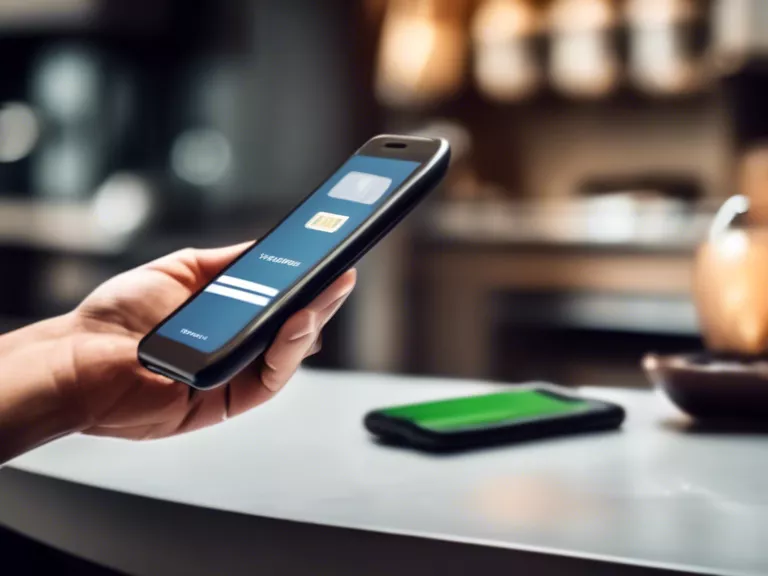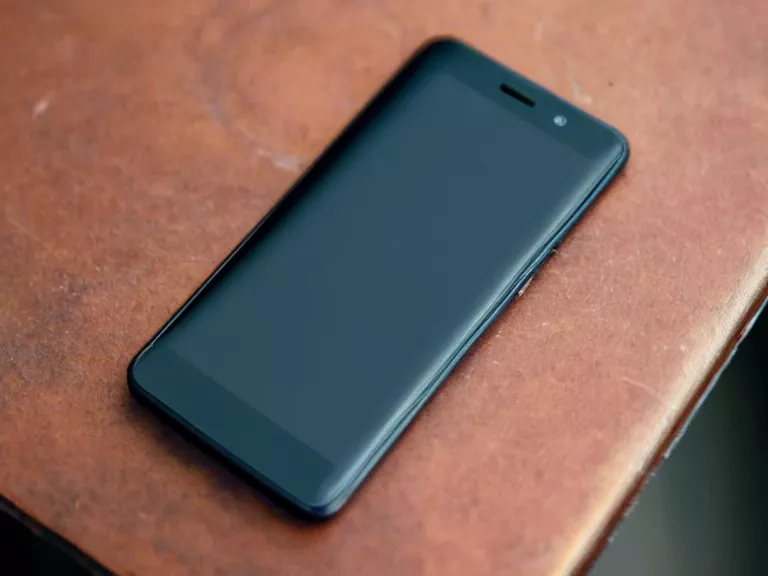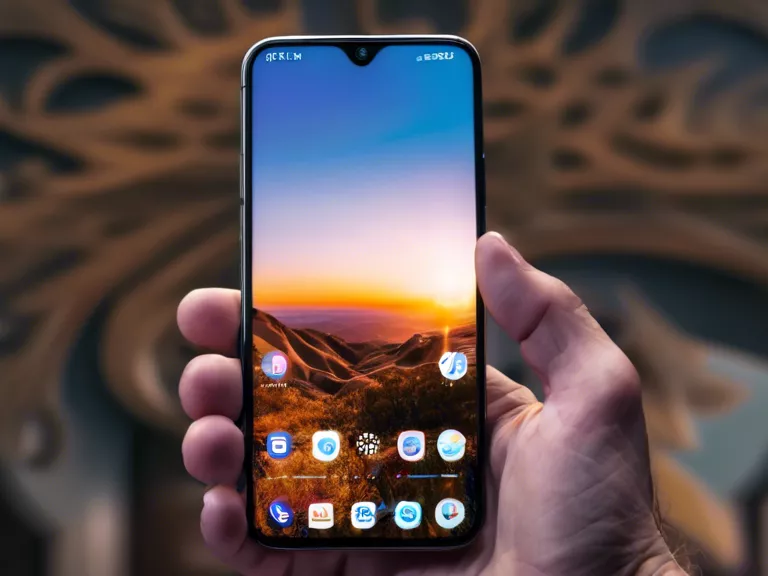
In today's digital age, smartphones have played a crucial role in expanding access to digital payments. With the rise of mobile banking apps, e-wallets, and contactless payment options, smartphones have become a convenient tool for making payments on-the-go. This article will explore the various ways in which smartphones have transformed the way we make transactions and their impact on the financial landscape.
One of the key benefits of using smartphones for digital payments is the convenience they offer. With just a few taps on a mobile device, users can quickly and securely transfer funds, pay bills, and make purchases online. This ease of use has made digital payments more accessible to a wider audience, including those who may not have had access to traditional banking services.
Smartphones have also helped to bridge the gap between cash-based and digital economies. In many developing countries, where traditional banking infrastructure is limited, smartphones have enabled people to access financial services and participate in the digital economy. Mobile money services, such as M-Pesa in Kenya, have revolutionized the way people in these regions manage their finances and conduct transactions.
Furthermore, smartphones have enhanced security features that help protect users' financial information. Biometric authentication, such as fingerprint or facial recognition, adds an extra layer of security to digital payment transactions. Additionally, mobile banking apps and e-wallets often use encryption technology to safeguard sensitive data, making digital payments more secure than carrying cash.
In conclusion, smartphones have become a powerful tool for expanding access to digital payments. Their convenience, accessibility, and security features have made them an indispensable part of modern financial transactions. As technology continues to evolve, smartphones will play an even greater role in shaping the future of digital payments worldwide.



